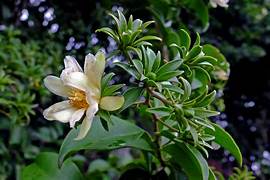Pereskia aculeata Mill.
Common Name: Lemonvine
Family: Cactaceae
Synonyms: Cactus lucidus Salisb., Cactus pereskia L., Pereskia fragrans Lem. ., Pereskia undulata Lem.
Plant Description: P. aculeata is a scrambling vine growing to 10m tall in trees, with stems 2 – 3 cm thick. Younger stems have hooked thorns and older stems have clusters of woody spines. Leaves are 4 – 11 cm long and 1.5 – 4 cm broad, simple, entire and deciduous in the dry season. Strongly scented flowers are white, cream or pinkish 2.5 – 5 cm diameter and numerous in panicles. The fruit is a rounded berry with numerous small seeds.
Distribution and Habitat: It is native to South America and introduced to China, India. It grows in an erect, woody shrub but with age it becomes a scrambling vine that sometimes reaches over ten meters in height.
Uses:
Young shoots and leaves can be cooked and eaten as greens and the fruits stewed, preserved with sugar or made into preserves. Due to their high mucilaginous content, Pereskia aculeata leaves are used as emollients. They are also used to heal wounds and reduce inflammation.
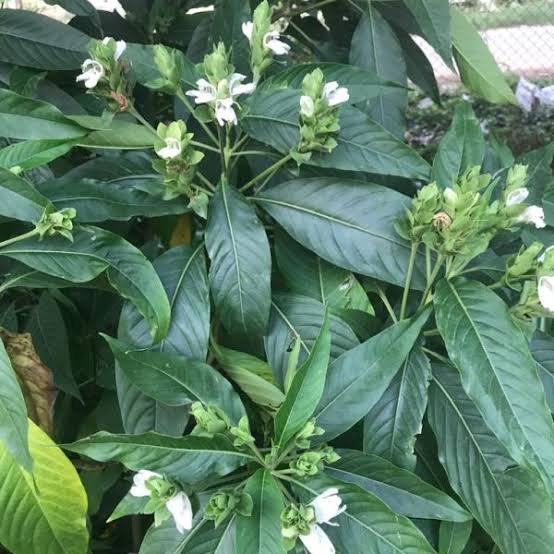
Adathoda beddomei C.B.Clarke Family: Acanthaceae Common Name: Malabar nut Vernacular…
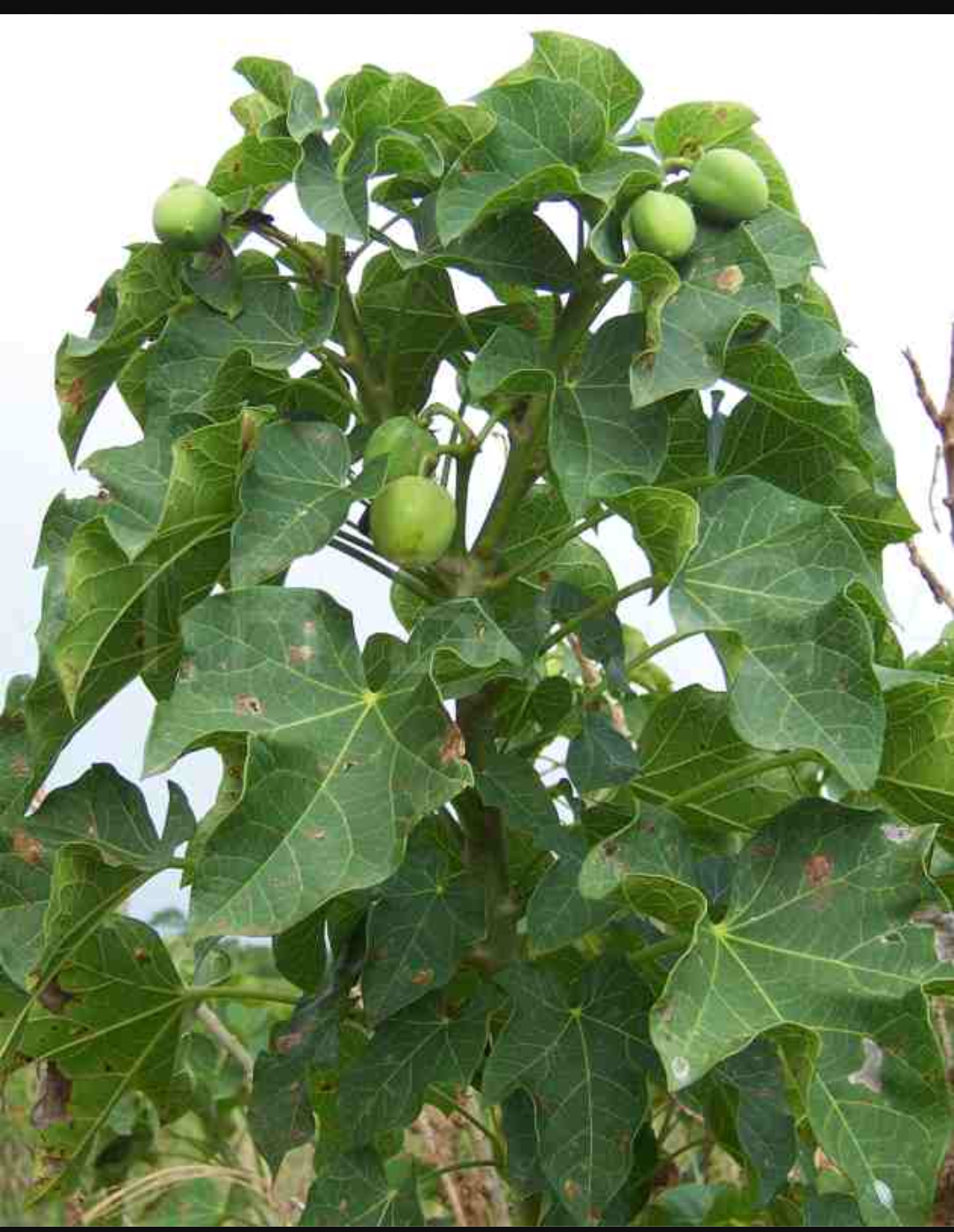
DEPARTMENT OF BOTANY MEDICINAL PLANTS Jatropha curcas L. Family: Euphorbiaceae…
DEPARTMENT OF BOTANY MEDICINAL PLANT Eryngium foetidum L. Eryngium foetidum…
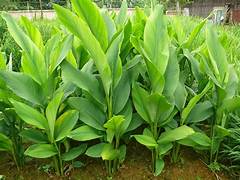
DEPARTMENT OF BOTANY MEDICINAL PLANT Curcuma longa L. Family: Zingiberaceae…
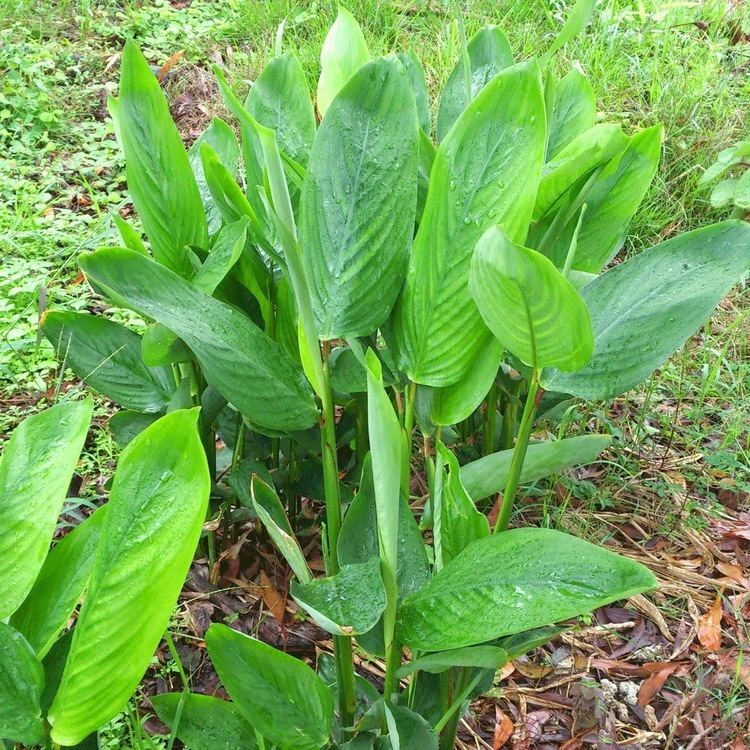
DEPARTMENT OF BOTANY MEDICINAL PLANT Maranta arundinacea L. Family: Marantaceae…
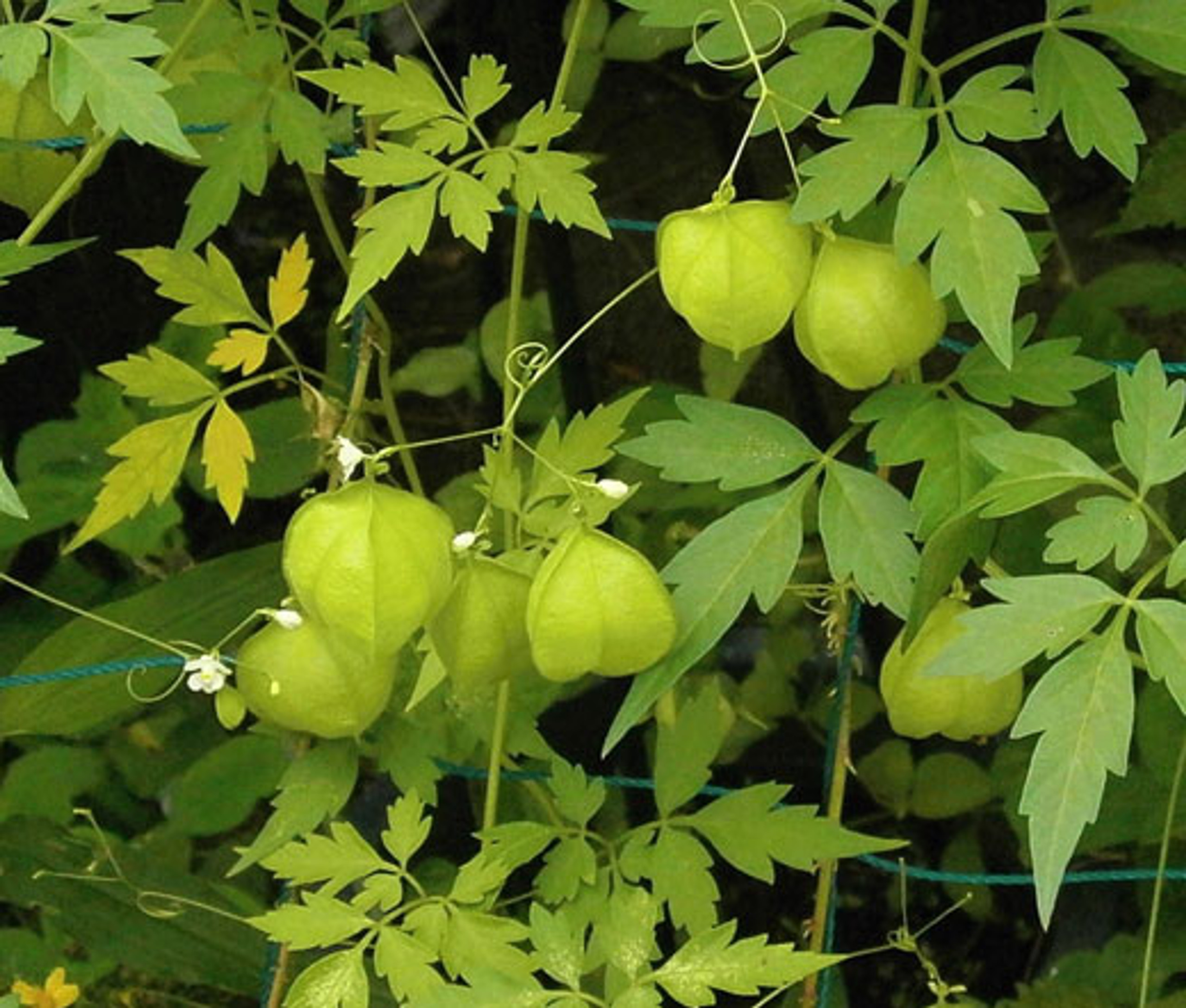
Cardiospermum halicacabum L. Family: Sapindaceae Common Name: Balloon vine Vernacular…
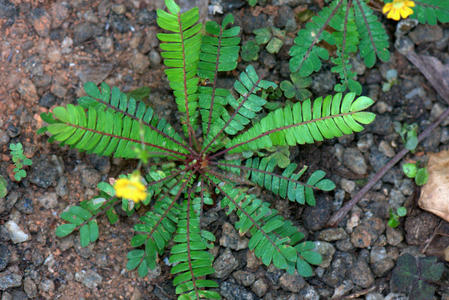
Biophytum sensitivum (L.) DC Family: Oxalidaceae Common Name: Little tree…
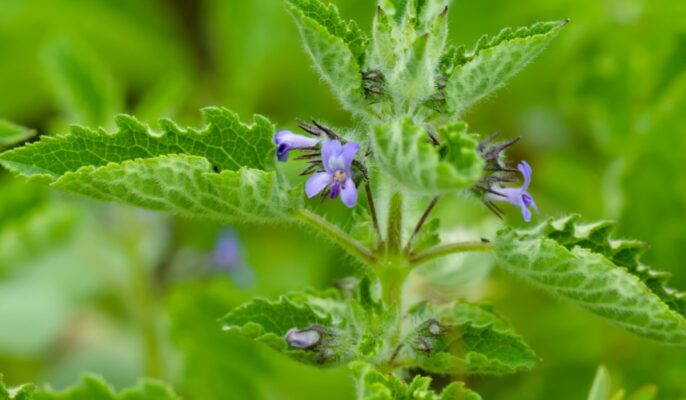
Hyptis suaveolens (L.) Poit. • Family: Lamiaceae (Mint Family) Common…
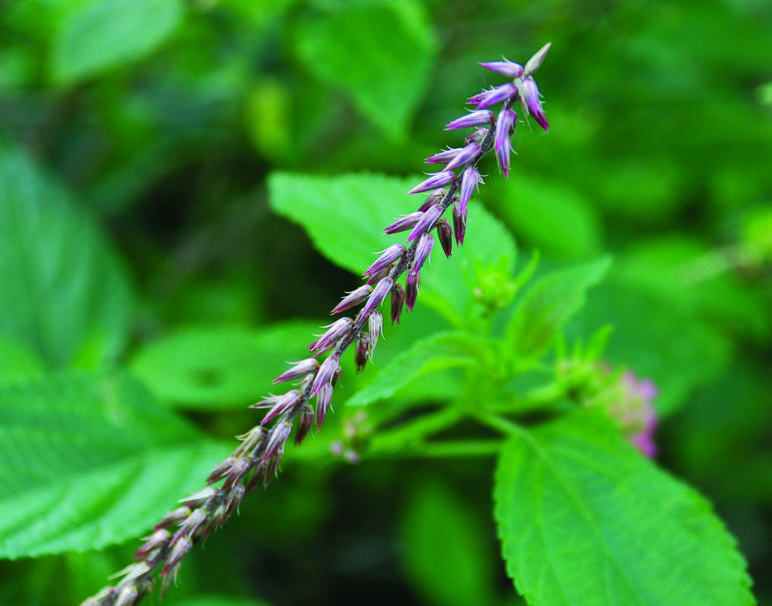
Achyranthes aspera L. Common Name: Chaff-flower Family: Amaranthaceae Vernacular Names:…
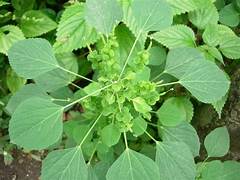
DEPARTMENT OF BOTANY MEDICINAL PLANTS Acalypha indica L. Common…
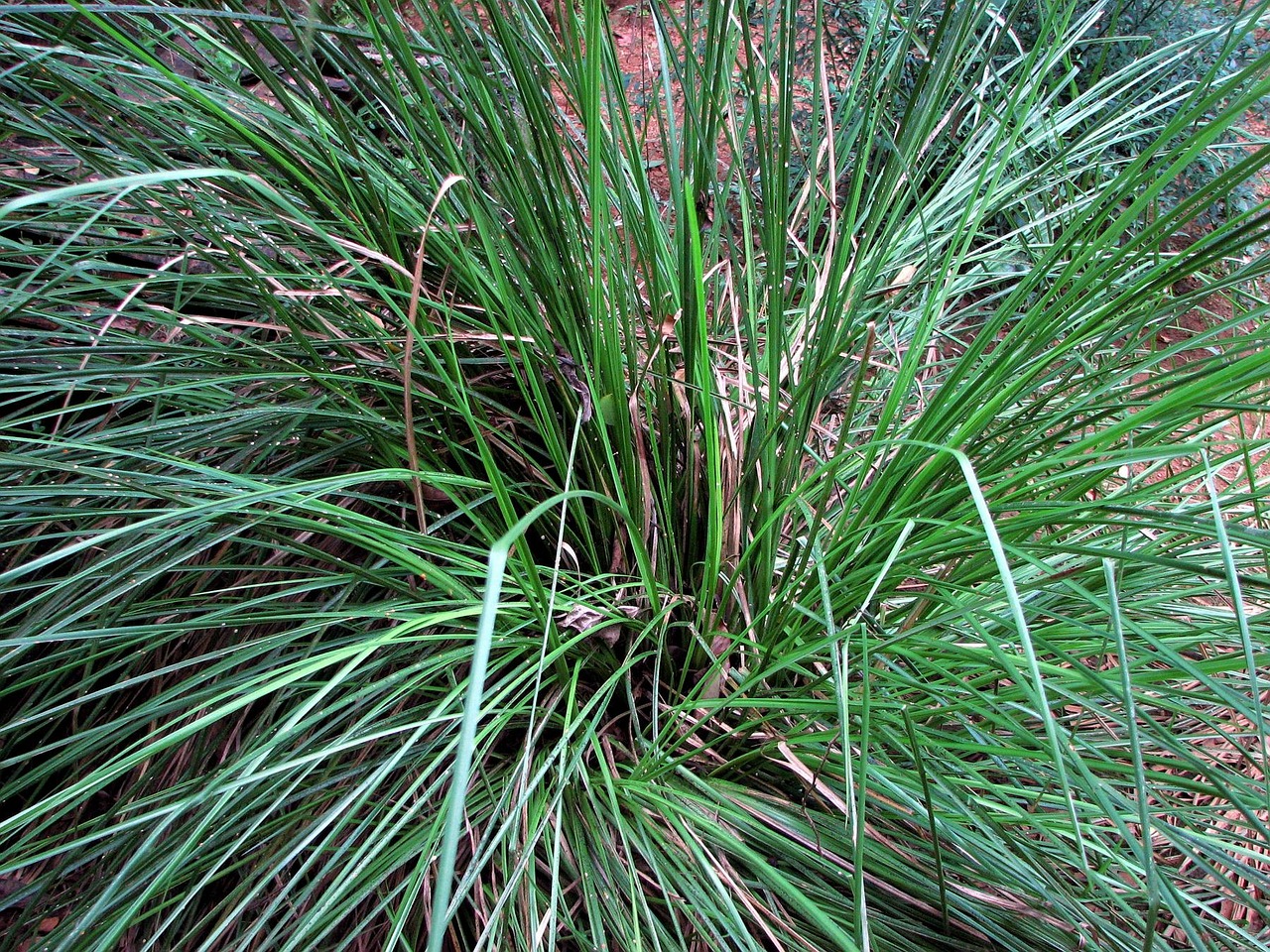
Chrysopogon zizanioides (L.) Roberty Common Name: Vetiver Family: Poaceae Vernacular…
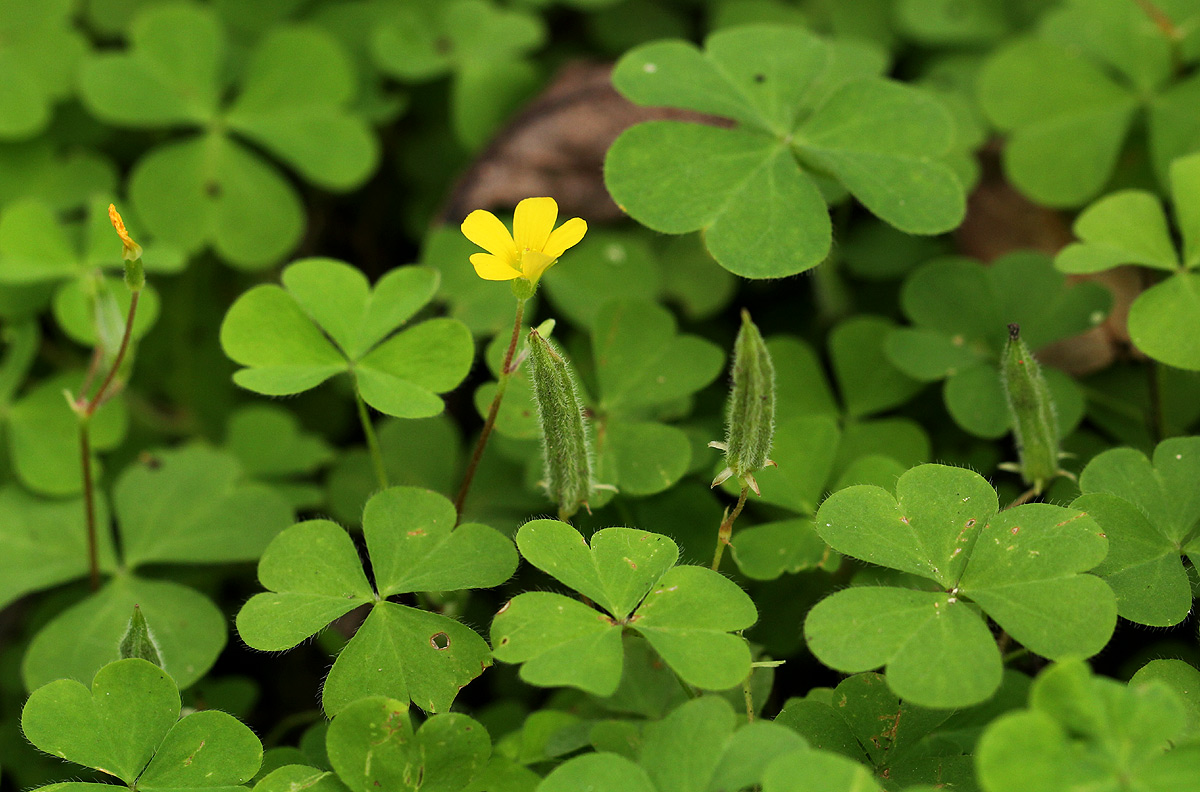
DEPARTMENT OF BOTANY MEDICINAL PLANTS Oxalis corniculata L. Common Name:…
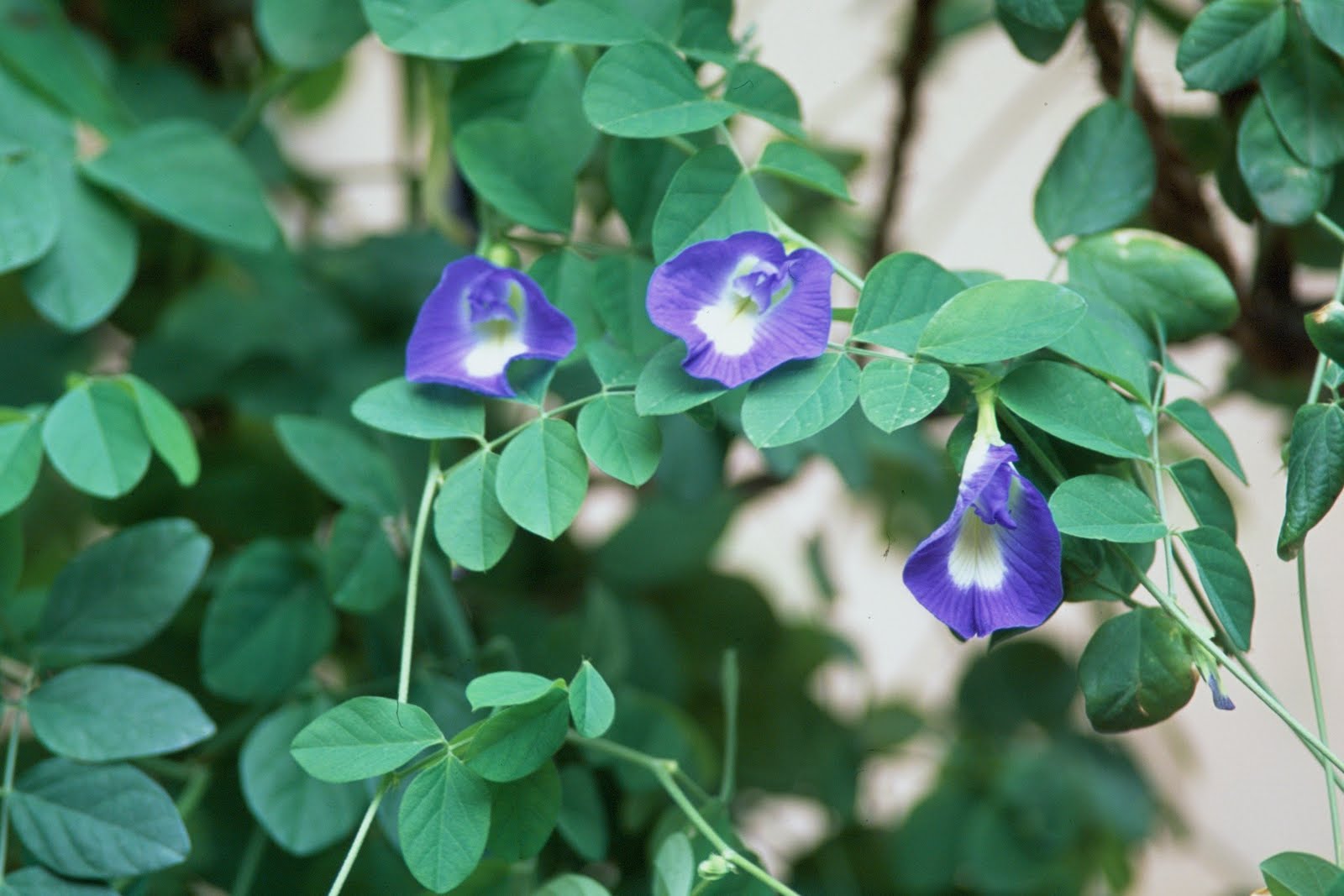
DEPARTMENT OF BOTANY MEDICINAL PLANTS Clitoria ternatea L. Common Name:…
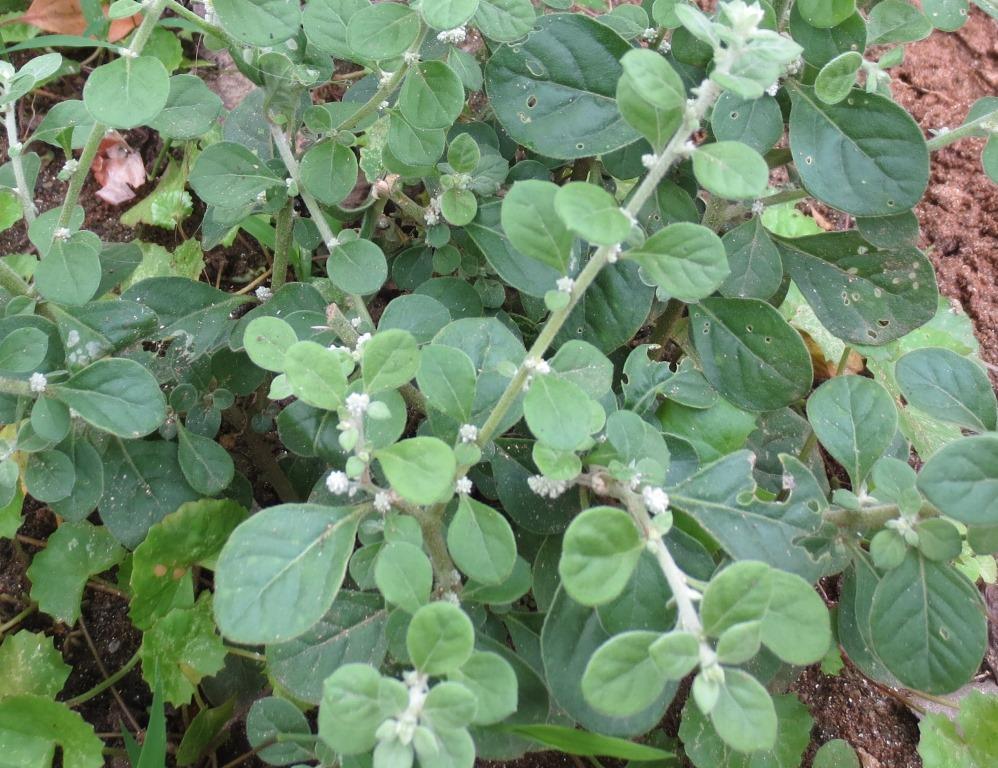
DEPARTMENT OF BOTANY MEDICINAL PLANTS Aerva lanata (L.) Juss. ex…
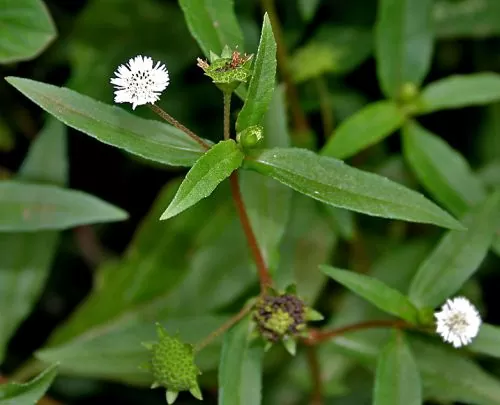
Eclipta alba (L.) Family: Compositae Common Name: False Daisy Vernacular…
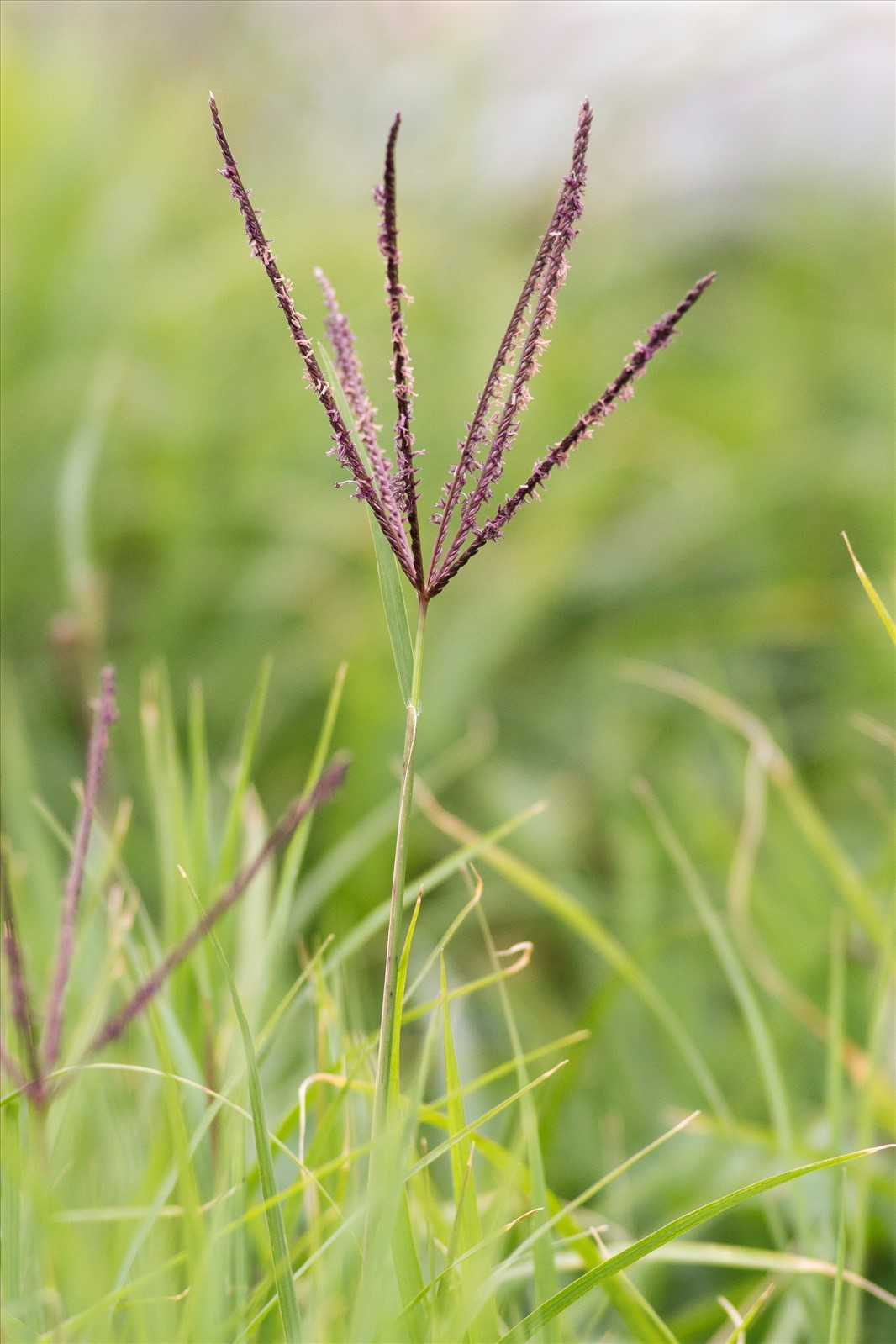
DEPARTMENT OF BOTANY MEDICINAL PLANTS Cynodon dactylon Pers. Family:…
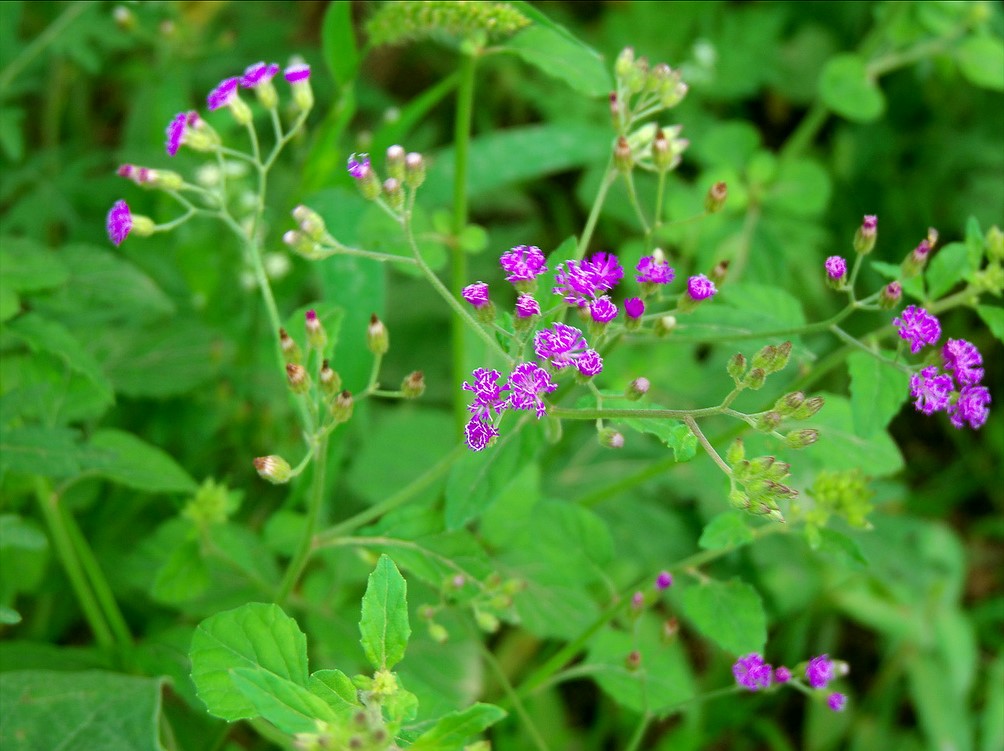
DEPARTMENT OF BOTANY MEDICINAL PLANTS Vernonia cinerea (L.) Less. Family:…
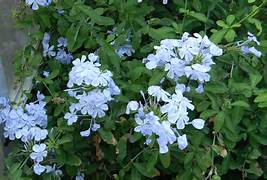
Plumbago auriculata (L.) L. Botanical Details: • Family: Plumbaginaceae •…
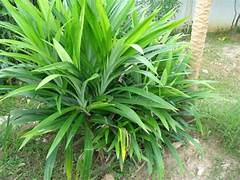
Pandanus amaryllifolius Roxb. Botanical Details: • Family: Pandanaceae • Genus:…
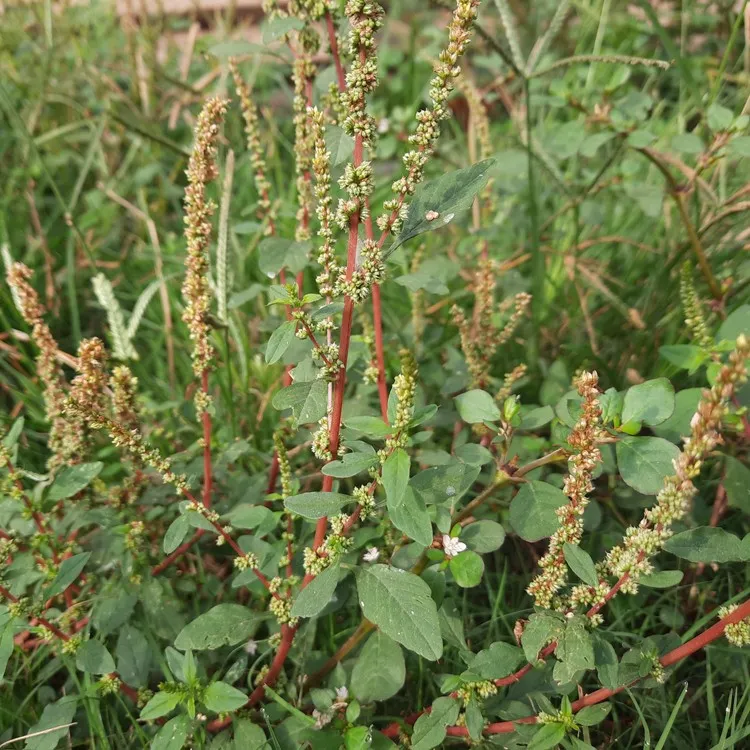
Amaranthus spinosus L. Botanical Details: • Family: Amaranthaceae • Genus:…
Chunkankadai, Nagercoil, Tamil Nadu 629 003
© 2025 Sree Ayyappa College for Women. All Right Reserved.Designed & Developed by Innov Touch Technologies Pvt Ltd.

